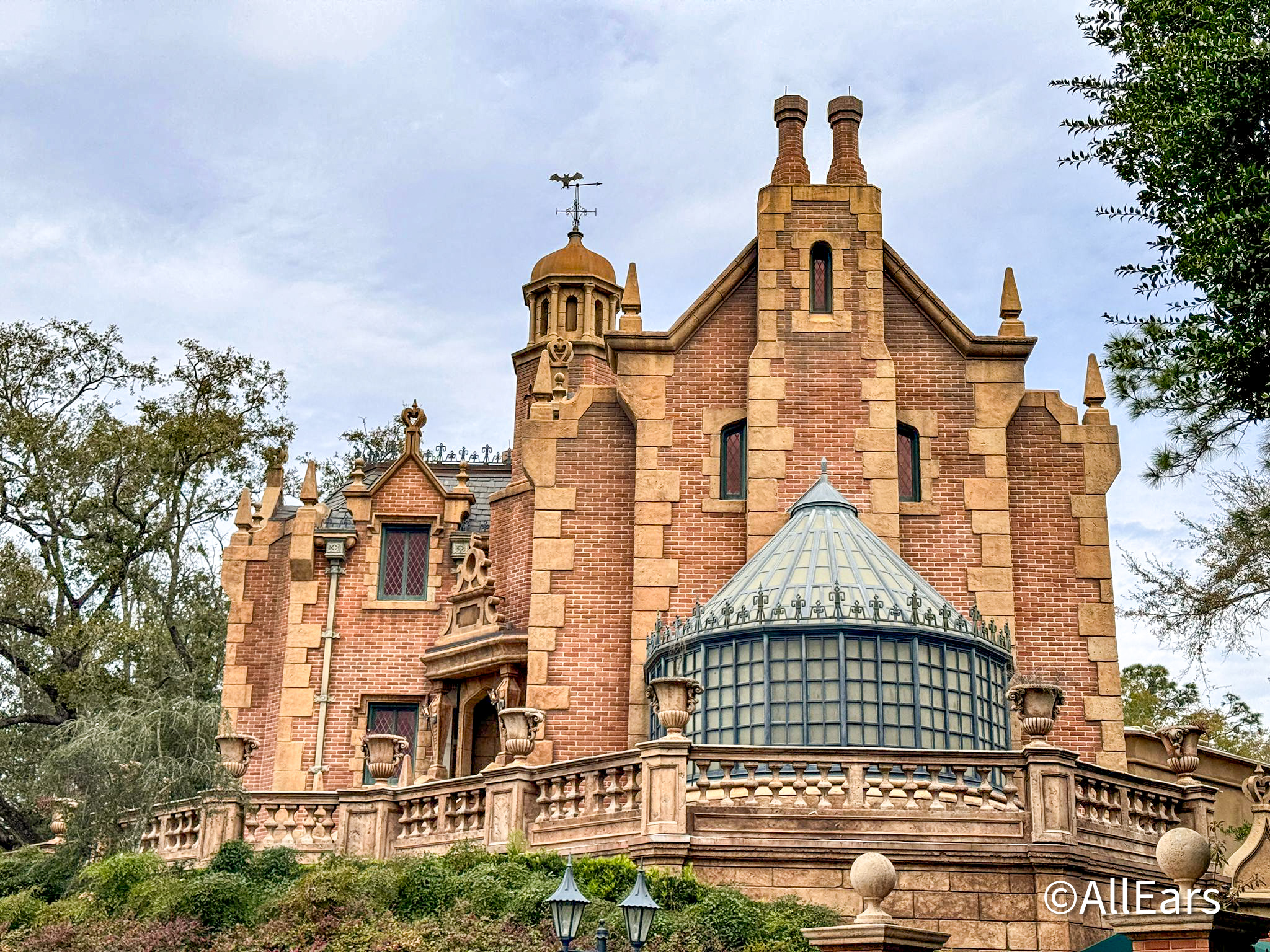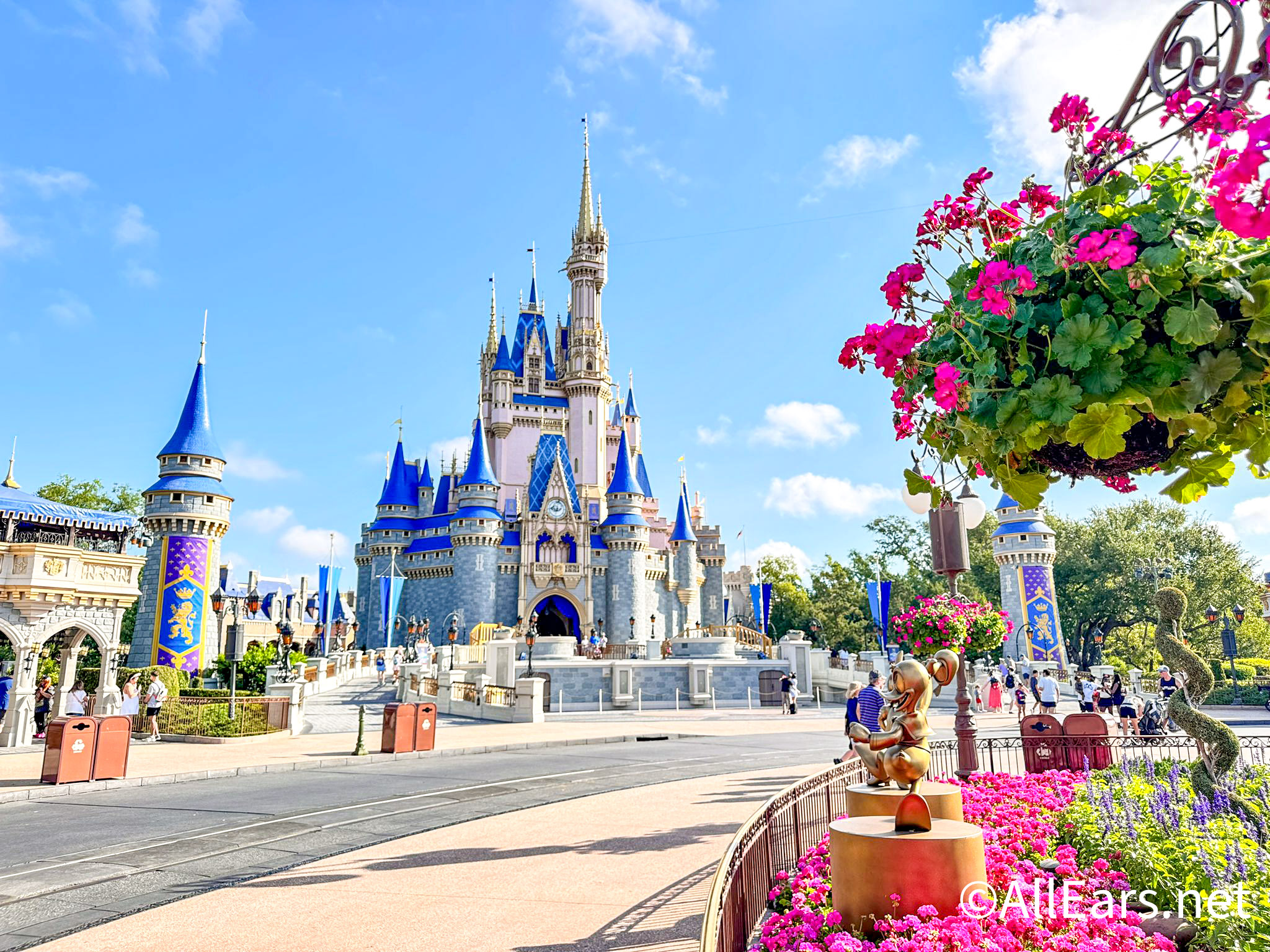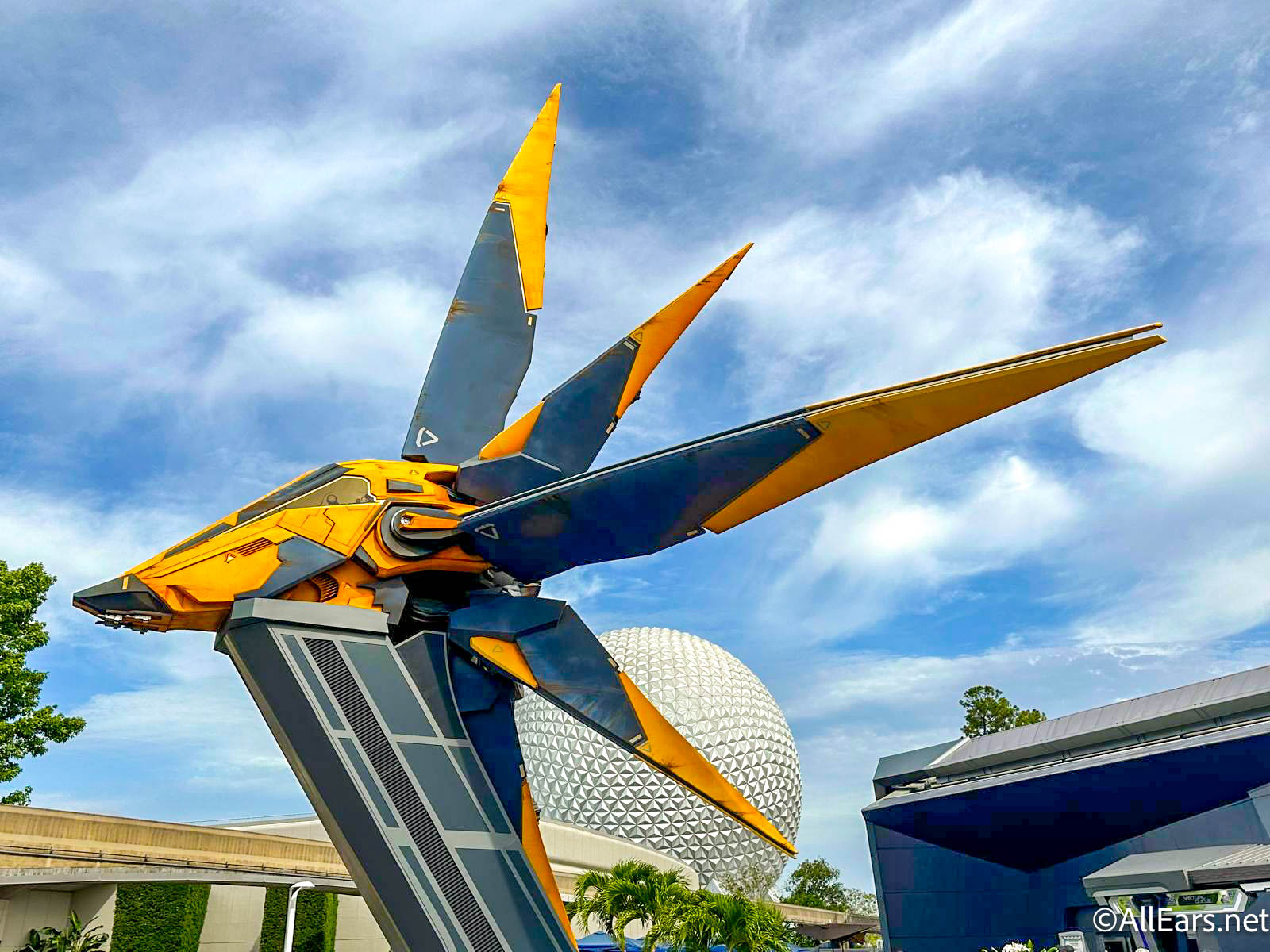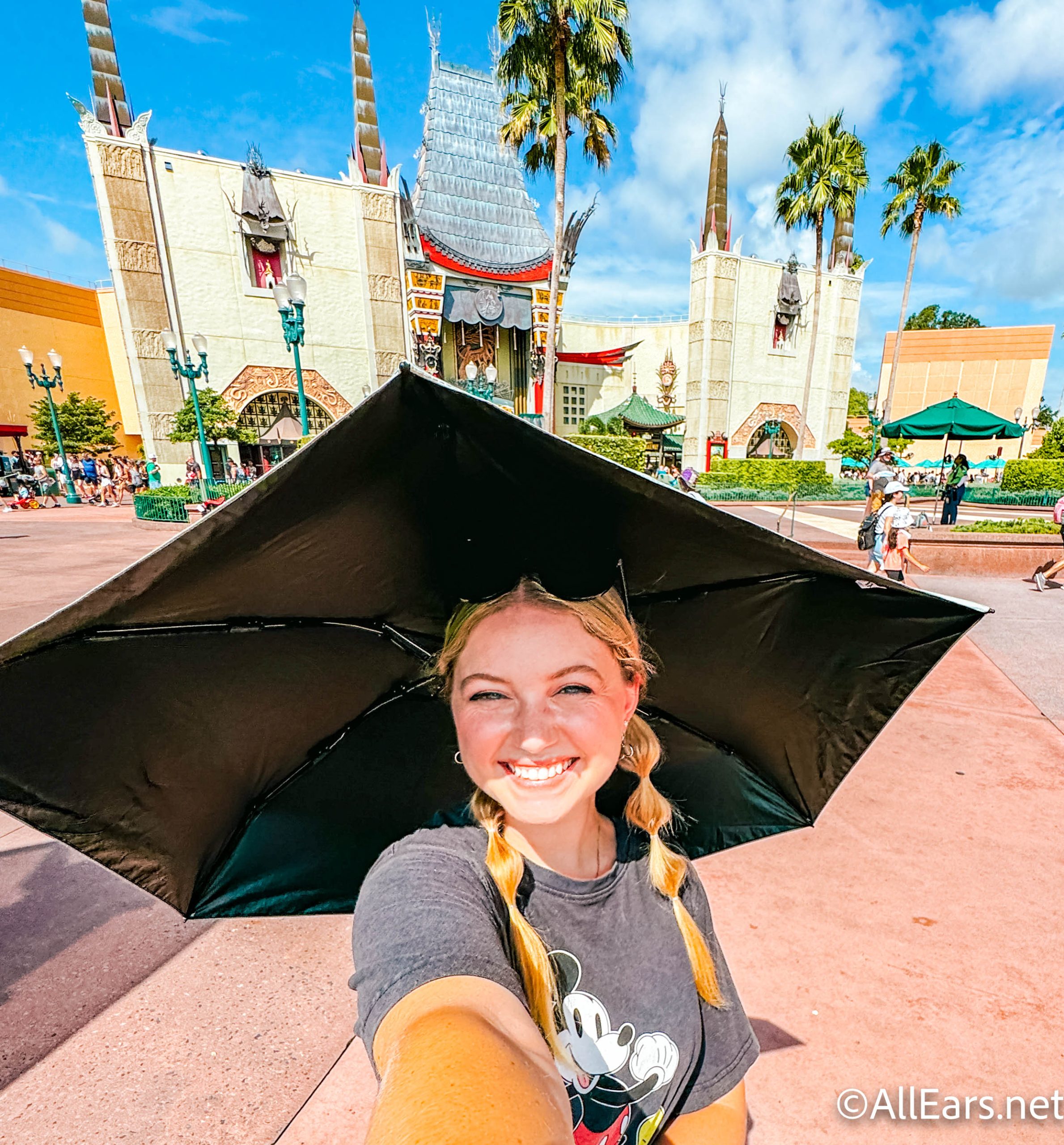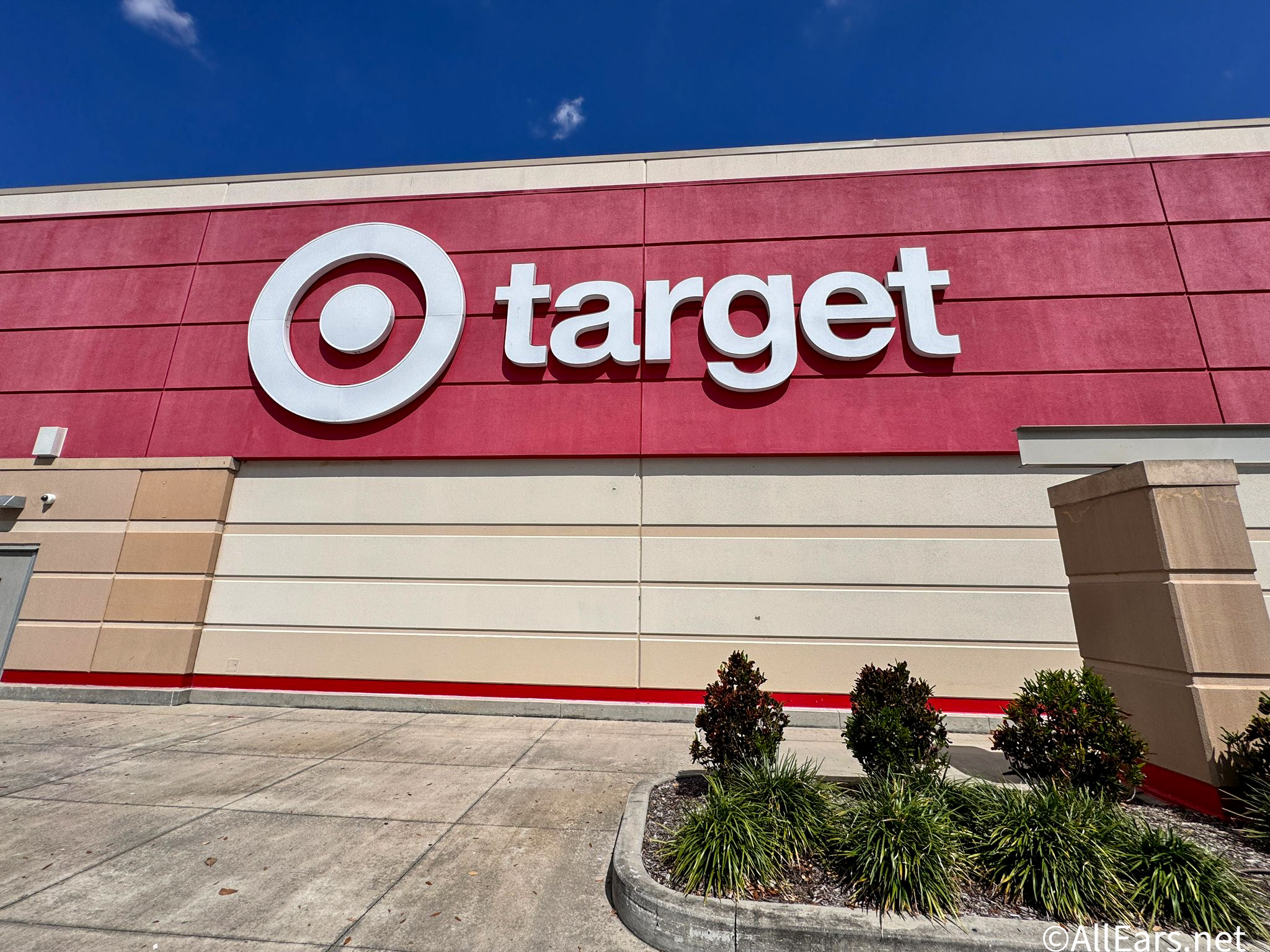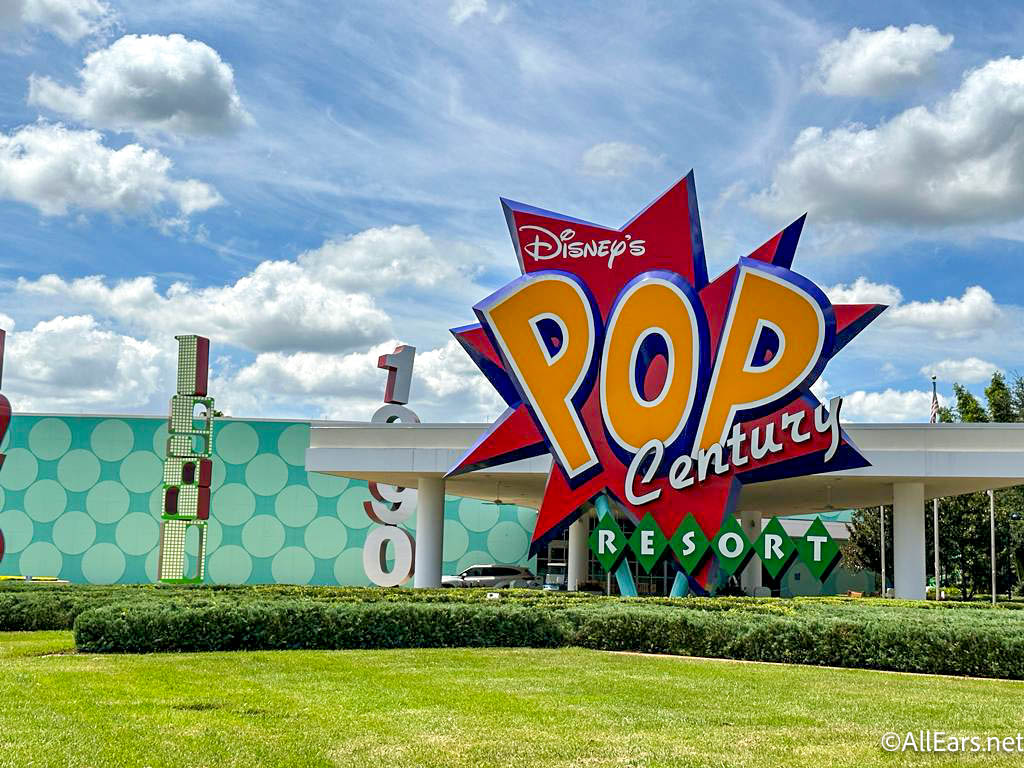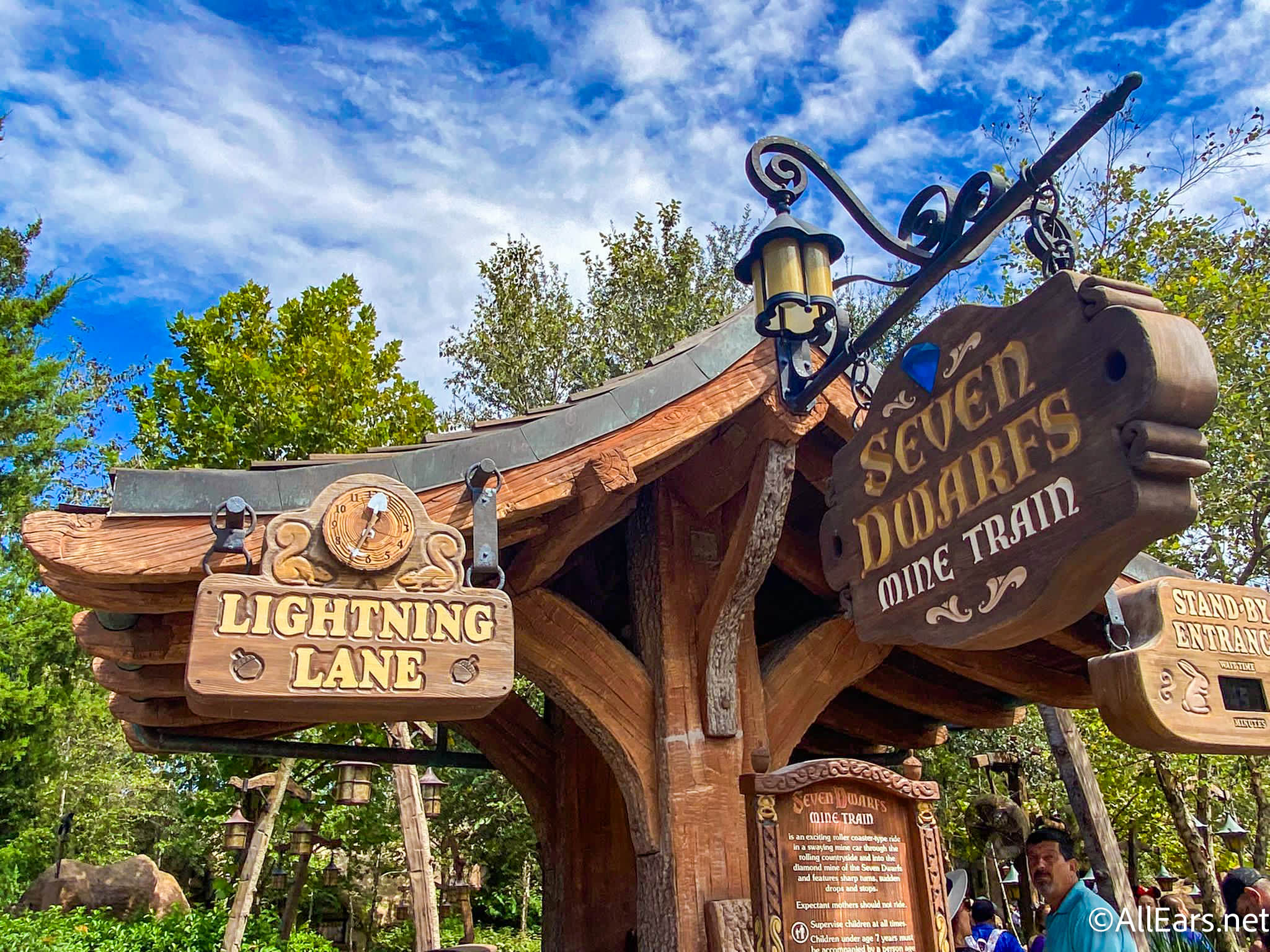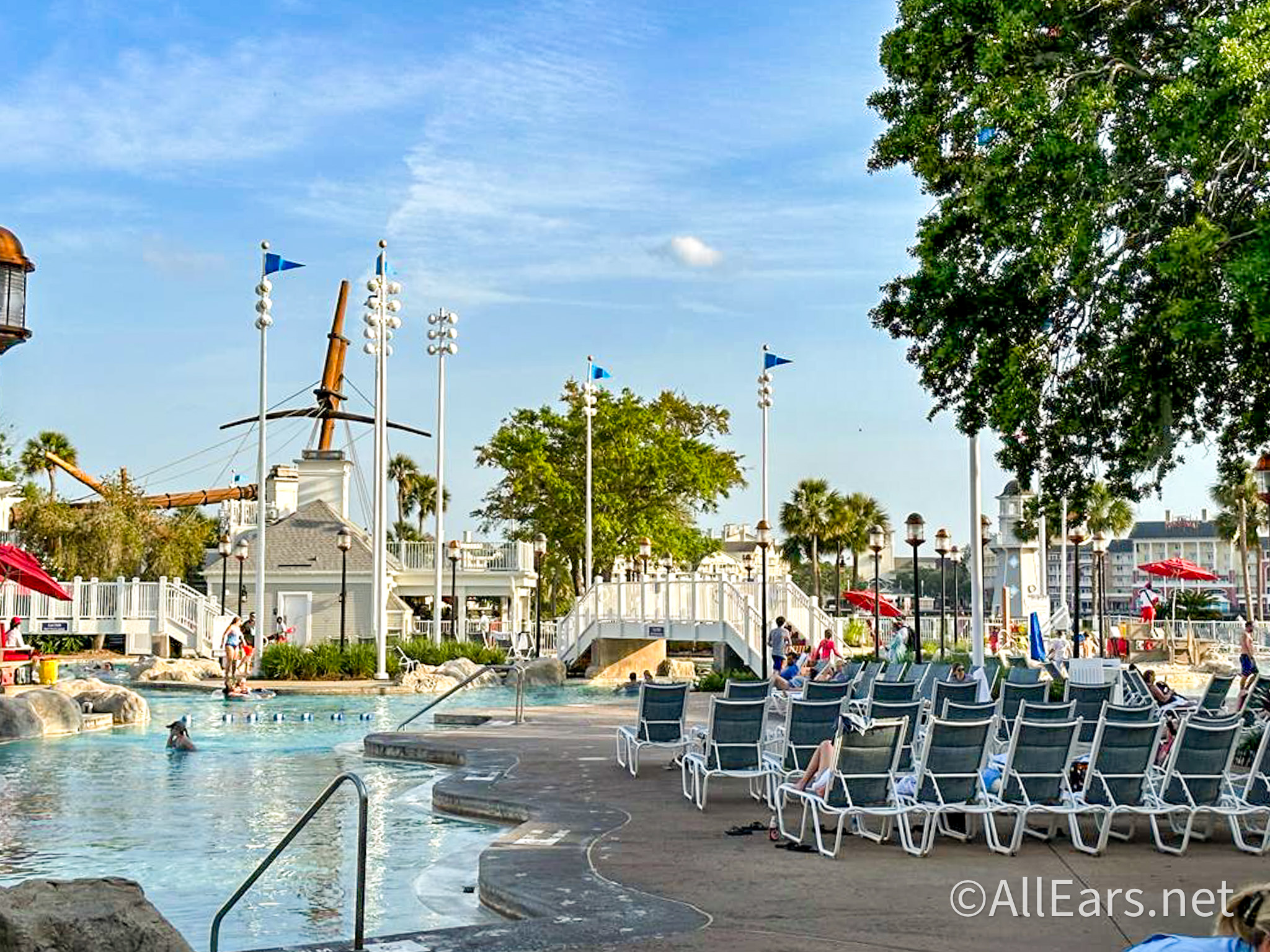WDW Chronicles: Remembering the Original Disney-MGM Studios
by
Jim Korkis
Feature Article
This article appeared in the April 7, 2020 (#1073) edition of ALL EARS®
Editor’s Note: This story/information was accurate when it was published. Please be sure to confirm all current rates, information and other details before planning your trip.
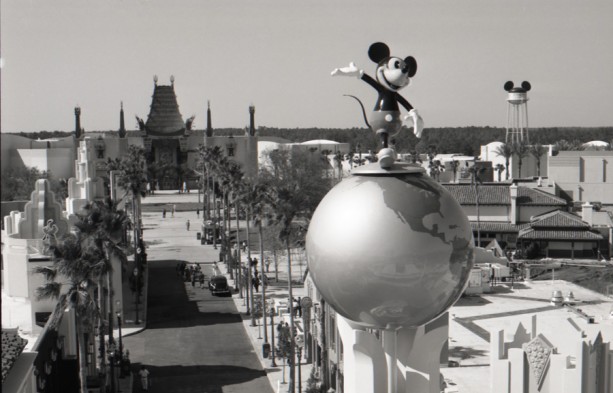
I recently did several presentations for a group of students born in 1998 and only one of them had ever heard of Roger Rabbit. Even she could not describe the character or even name one film that Roger appeared in during his short career.
Roger Rabbit was a major player when Disney MGM Studios opened in 1989 and his presence was everywhere in the park including imprinting his feet in the forecourt of the Chinese Theater.
Since that time, Disney Hollywood Studios has certainly undergone not only a physical transformation but a spiritual one as well. Originally, the park was to celebrate the Hollywood That Never Was But Always Will Be as well as be a working studio for television and film production.
Today, the emphasis is on immersing guests into the film experience whether it is a Star Wars movie or a Mickey Mouse cartoon. Truthfully, do today’s park guests other than me who loves watching TCM have any understanding or appreciation of classic Hollywood? Do any of the caricature drawings of movie stars in the Brown Derby restaurant bring any smile of recognition at all?
Disney parks are a business so even Mickey Mouse in the latest attraction is the one from the new short cartoons on the Disney Channel rather than the classic interpretation because that is the version most familiar to modern generations.
The park used to be an intimate experience that reminded me very much of my going to Disneyland as a child. Being a classic film fan all my life, I loved the attention to authentic detail that referenced old Hollywood.
There is so much to love about the design of the park in its homage to Hollywood landmarks and so much of that is ignored by today’s “reservation vacation” guests who fiddle with their fast passes and apps rather than taking a moment to slow down and appreciate the detail.
The entrance architecture was inspired by the Pan Pacific Auditorium in Los Angeles, built in 1935. The Pan Pacific burned down in 1989, the same year the Disney-MGM Studios opened. So like many things re-created in the park, it is the only representation of that historical architecture that is left to enjoy by many of us who had a chance to see the real thing.
As you go through the entrance you are confronted by a structure reminiscent of the entrance to the Crossroads of the World from Sunset Boulevard. Originally it was an area of several unique retail shops with international facades. Today, that area in the real Hollywood is merely uninspired office buildings.
Disney sculptor Perry Russ (who also did the design on the studio archways leading into what used to be the Animation Courtyard) designed the 6-foot diameter globe of spun aluminum, topped by a 5-foot, 3-inch silvery sculpture of Mickey Mouse. It stands almost 44 feet above Hollywood Boulevard welcoming guests to the past.
Incidentally, Mickey Mouse’s right ear is made of copper, so that it acts as a lightning rod. Because of the frequent lightning strikes in Florida, most everything in the parks has some sort of lightning protection. But it would not have looked good to have a lightning rod sticking up out of Mickey’s head, so they made one ear copper and grounded it.
The buildings on Hollywood Boulevard are interpretations of actual buildings in California in the 1940s, from a Newberry’s to Frederick’s of Hollywood to the Darkroom. Many of those buildings still exist in real Hollywood but their functions are completely different from the Hollywood of the 1940s.
Did you ever notice that Oscar’s Super Service carried Mojave Oil products? The tanker truck in Catastrophe Canyon was a Mojave Oil truck. It is that wonderful foreshadowing at the entrance of the park that helps tie the whole story together.
Billboards advertise the Pacific Electric Trolley and the Hollywoodland real estate development. Again, these amazing touches of foreshadowing of what is about to come on Sunset Boulevard are not consciously appreciated by guests.
And what about the Sunset Ranch Market that was inspired by the real Farmer’s Market on Third Street and Fairfax Boulevard? That’s why that one stall is called “Fairfax Fries.” In the February 1953 issue of McCall’s magazine, Lillian Disney said that Walt “likes to wander almost anyplace like the Farmer’s Market in Hollywood without being recognized.” The original park was a loving tribute to the Hollywood were Walt worked.
In the Echo Lake area where Gertie the Dinosaur towers over the landscaping, there is a doorway near Peevy’s (the mechanic character from the 1991 film Rocketeer that took place in 1938 Los Angeles) labeled for the Holly-Vermont Realty Office that was Walt’s first studio in a small room (now available for rent) before he moved to the more famous Kingswell location in 1924. The very first Disney cartoons made in Hollywood were made at the Holly-Vermont location.
Winsor McCay animated Gertie the Dinosaur in 1914 in one of the first examples of what is known as “personality” animation, where the humor comes from the personality of the character and not just a series of interchangeable gags that could be done by any funny looking character. It was the type of animation that made Disney cartoons distinctive.
It impressed a young Ub Iwerks so much that he tried to get Walt to see the film when it played at a local theater. Why is Gertie an ice cream stand? Well in the 1940s, it was generally believed that it was the Ice Age that killed the dinosaurs. That is why it is the “ice cream of extinction,” a clever play of words on the phrase “ice cream of distinction.”
Who but the most astute film historian today like a Leonard Maltin would be able to identify that Min and Bill’s Dockside Diner at Echo Lake is based on the 1931 film, Min and Bill, with Wallace Beery and Marie Dressler (who won a Best Actress Oscar for her performance in the film)?
At the park, Min and Bill’s is the creation of Ray Wallace, who had designed boats for the Disney Company since 1957, including the Columbia for Disneyland.
The first Brown Derby opened on Wilshire Boulevard across the street from the Ambassador Hotel in 1926. It was the only Brown Derby restaurant built in the shape of a hat. At the peak of its popularity, there were three other Brown Derby restaurants: one in Hollywood (on Hollywood and Vine and this is the one re-created at the park) that opened in 1929, one in Beverly Hills and another on Los Feliz.
The Hollywood Brown Derby was literally in the heart of Hollywood and was more popular than “The Hat” because of its close location to film and broadcasting studios so actors might arrive for lunch in full costume and makeup.
At the Hollywood Brown Derby the famous brown leather booths were designed to be low so that people could see and be seen. Table-hopping was a way of life at the Derby. The booths near the entrance and along the walls were reserved for the movie and broadcasting stars.
A young man from Poland named Eddie Vitch approached Cobb and offered to sketch the Derby’s famous patrons in exchange for something to eat. These caricatures became famous when Cobb started framing them and hanging them on the walls. Vitch produced hundreds of them before returning to Europe a few years later.
Over the years, other artists provided caricatures for the Derbies and in the one in Florida there is a large photograph of Imagineer Herb Ryman (who among other things designed the castles at Disneyland and Magic Kingdom) near the restrooms doing caricatures for one of the classic Derby restaurants.
At one point, it was rumored that Michael Eisner decided they should eliminate the classic caricatures (one of whom was of Bob Clampett who created Beany and Cecil and also as a teenager came up with the design model for the first stuffed Mickey and Minnie dolls done by his Aunt Charlotte Clark) and replace them with caricatures of modern stars like Sylvester Stallone and Arnold Schwarzenegger (because he was negotiating at the time for a Planet Hollywood for Pleasure Island) that people would be more likely to remember. He was talked out of the idea.
Walt and Lillian Disney often went to the Hollywood Brown Derby and a photo of them there exists from 1939 of them enjoying a Cobb Salad and Grapefruit Cake.
The famous Cobb Salad at the Derby was an accidental creation by owner Bob Cobb himself. Supposedly, one night in 1937, Cobb was awakened by a drunken Sid Grauman (of Grauman’s Chinese Theater fame) demanding something to eat so he could sober up. The kitchen had long been closed for the night.
Opening the huge refrigerator, Cobb pulled out whatever he could find including a head of lettuce, an avocado, some romaine, watercress, tomatoes, some cold breast of chicken, a hard-boiled egg, chives, cheese and some old-fashioned French dressing. He started chopping. He added some crisp bacon and the Cobb salad was born. It was so good that Grauman returned the next day and asked for a “Cobb Salad” and it was put on the menu.
Hollywood columnist Louella Parsons loved desserts but was on a constant diet and threatened not to return to the Brown Derby unless there was a non-fattening dessert. So Cobb came up with the grapefruit cake, he said, “because everyone knows grapefruit is slimming.” No one stopped to question that the frosting contained 20 ounces of cream cheese in addition to a cup of powdered sugar with the grapefruit.
The Hollywood Brown Derby continued operation until 1985 when it was closed for earthquake reconstruction. The historic building was demolished in 1994 after further earthquake damage.
How much of that Hollywood history represented at the park is completely unfamiliar to today’s guests? The Hollywood Brown Derby is pretty much forgotten except for whether it is on a special Disney meal plan. Walt and Bob Cobb were very good friends for many years.
Over the years, many memorable touches of Hollywood detail have been lost at the park and more soon will be. I really have become a grumpy old man waving my cane in the air because the music is too loud and I can’t understand the lyrics.
Yet I know what I am really looking at when I am in the park and now so do you.




